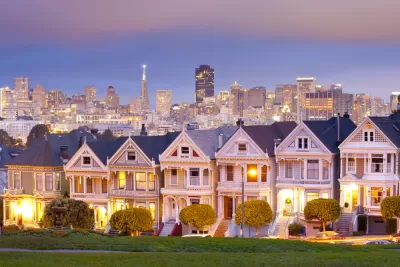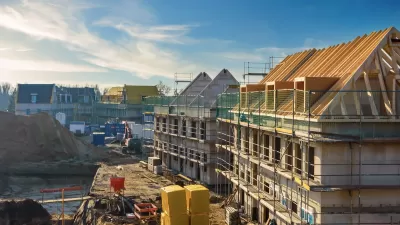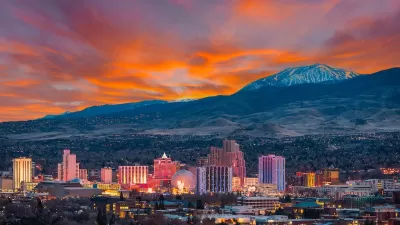Focusing on zoning in hot-market urban centers misses economic realities—and major opportunities.

For the past couple of years, there have been a growing number of voices saying that to address the housing affordability problem, what we need to do is build more housing— not necessarily more affordable housing, but more housing, period. Sound bites like “yes, you can build your way to affordable housing” are showing up more and more.
A key part of that case is that what’s needed to make that happen is changing zoning ground rules. The poster child for this argument is San Francisco, which, as everyone points out, has mind-bogglingly high housing prices, a desperate shortage of affordable housing, and a metastasizing homelessness problem.
There’s a decent argument that, under some conditions, building more housing for the market will moderate some prices to some degree, and that zoning has something to do with it. But ultimately it will take a lot more than building more expensive market housing in downtown San Francisco or Seattle to begin to tackle those cities’ housing crises. In fact, the realities of building in high-demand, already built up urban areas mean that zoning changes in those areas will have relatively little effect.
Most of the zoning conversation is missing if not the entire point, a big part of it. Spoiler alert: The real zoning issue is what happens in the suburbs. While that gets periodically acknowledged, too few people are talking about it and even fewer are focusing on making change in specifically those places.
The Tangled Relationship Between Supply and Demand
A lot of the people who argue that regulations are causing inadequate supply don’t appear to have looked at the numbers....
FULL STORY: More Housing Could Increase Affordability—But Only If You Build It in the Right Places

Study: Maui’s Plan to Convert Vacation Rentals to Long-Term Housing Could Cause Nearly $1 Billion Economic Loss
The plan would reduce visitor accommodation by 25,% resulting in 1,900 jobs lost.

North Texas Transit Leaders Tout Benefits of TOD for Growing Region
At a summit focused on transit-oriented development, policymakers discussed how North Texas’ expanded light rail system can serve as a tool for economic growth.

Why Should We Subsidize Public Transportation?
Many public transit agencies face financial stress due to rising costs, declining fare revenue, and declining subsidies. Transit advocates must provide a strong business case for increasing public transit funding.

How Community Science Connects People, Parks, and Biodiversity
Community science engages people of all backgrounds in documenting local biodiversity, strengthening connections to nature, and contributing to global efforts like the City Nature Challenge to build a more inclusive and resilient future.

Alabama: Trump Terminates Settlements for Black Communities Harmed By Raw Sewage
Trump deemed the landmark civil rights agreement “illegal DEI and environmental justice policy.”

Dear Tesla Driver: “It’s not You, It’s Him.”
Amidst a booming bumper sticker industry, one writer offers solace to those asking, “Does this car make me look fascist?”
Urban Design for Planners 1: Software Tools
This six-course series explores essential urban design concepts using open source software and equips planners with the tools they need to participate fully in the urban design process.
Planning for Universal Design
Learn the tools for implementing Universal Design in planning regulations.
City of Santa Clarita
Ascent Environmental
Institute for Housing and Urban Development Studies (IHS)
City of Grandview
Harvard GSD Executive Education
Toledo-Lucas County Plan Commissions
Salt Lake City
NYU Wagner Graduate School of Public Service





























